More photos emerge of Spotify’s ‘Car Thing’ after another FCC filing
Image Credit: FCC ID Database
Another FCC filing from Spotify shows a totally redesigned in-car music player from the original ‘Car Thing’ they confirmed development of in 2019.
Since Spotify started testing voice control on the app back in 2018, rumours began about Spotify potentially implementing this software to hardware products of their own such as a smart speaker or in-car device. In 2019, the company confirmed they were looking at developing an in-car Bluetooth music player they called Car Thing, with prototypes sent to some users. In January last year, Spotify updated their FCC filing with photos of the small gadget, showing a small screen with what’s playing and physical buttons to control playback. In August last year, we saw Spotify post a job ad for Head of Hardware Commercial Development, with specfic expertises in the “automotive area”.
Whie the company is still yet to confirm plans of the official release of such a device, a new FCC filing for Spotify’s Car Thing shows a totally redesigned device. With a larger display and thin profile, the product looks to be smartphone sized with a large dial and button to the right of the display. The filing describes the item as “a voice controlled accessory for phone/Spotify App with supporting display and buttons. Bluetooth enabled for communication with the Car Head Unit. Powered from a 12V outlet.”
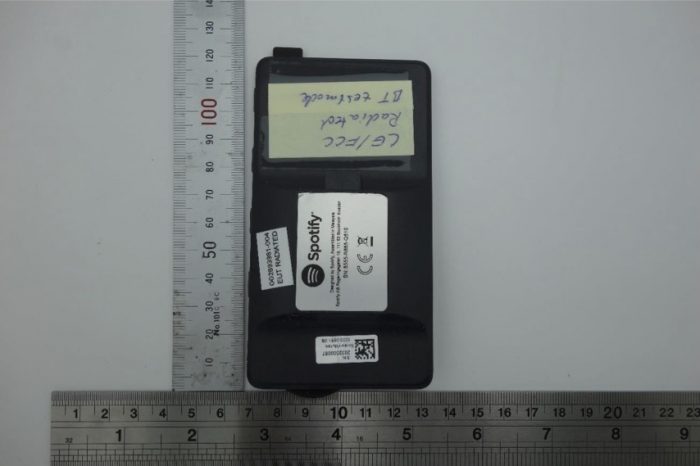
Image Credit: FCC ID Database 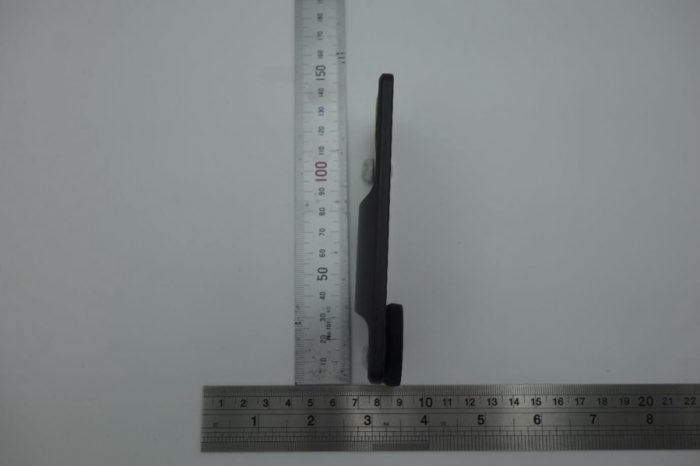
Image Credit: FCC ID Database 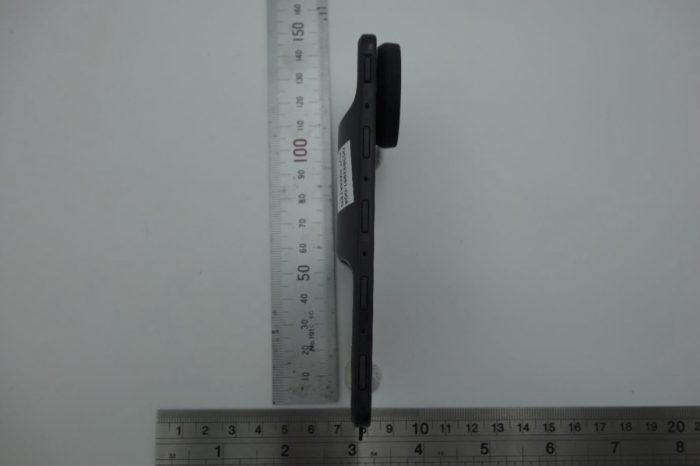
Image Credit: FCC ID Database 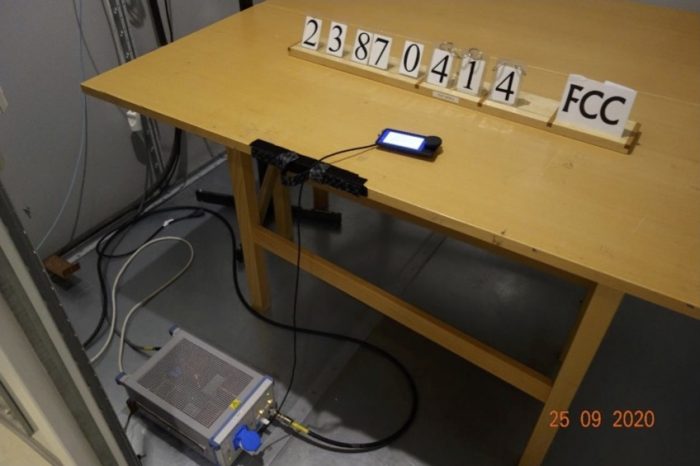
Image Credit: FCC ID Database 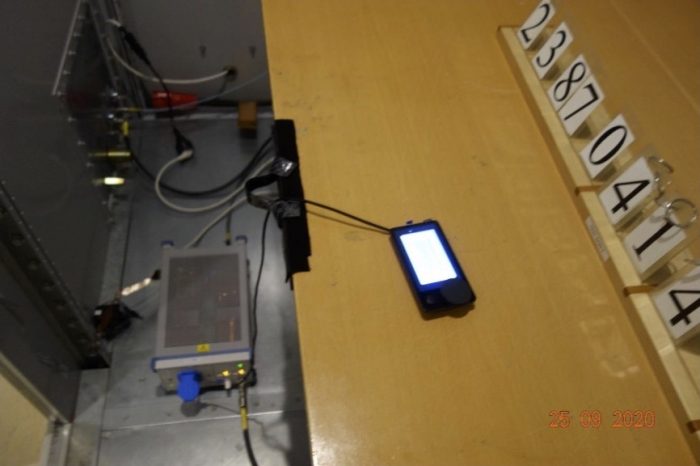
Image Credit: FCC ID Database
This is a drastic design shift away from the product prototyped in 2019. Where the original design with its small screen seemed it would work alongside a traditional car head unit, this new design suggests it’s looking to replace your unit as the main interface.
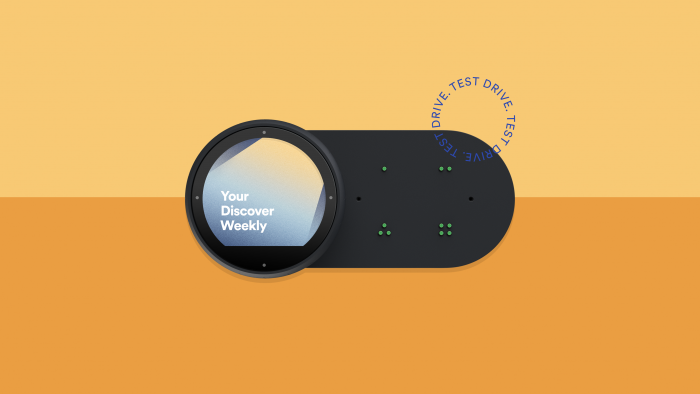
It seems the product will connect to your phone and car stereo via Bluetooth to access music or podcast and play through the car speakers. The majority of input is thought to be voice controlled. Spotify’s Car Thing looks set to compete with the likes of Amazon with their voice controlled Echo Auto, as well as Apple CarPlay and Android Auto who run software over hardware from the likes of JVC, Sony, Pioneer, Kenwood, Alpine, etc.
We now know the design, size, purpose and basics of how the device works. We are still waiting for an idea about the software it’s running or user interface. Of course these FCC filing do not confirm the device’s public release, just further development from Spotify.
